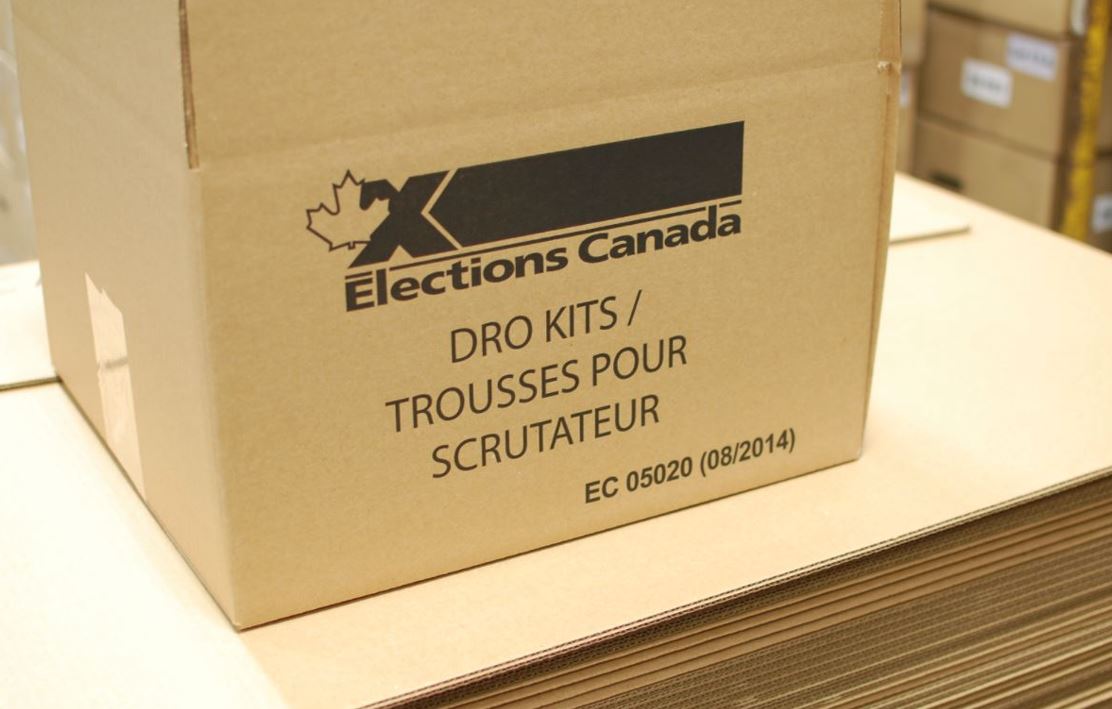Conservatives take the lead: poll

TORONTO – Breakthrough in the race for the federal vote on September 20. Today, for the first time since the start of the election campaign, a poll certified that the Conservative Party overtook the Liberal Party. According to the nanos research survey, in fact, at this moment the party led by Erin O’Toole would collect 34.4 percent of the vote (an increase of 1.7 percent compared to the previous poll) while the liberals of outgoing Prime Minister Justin Trudeau would fall to 33.6 percent (minus 2.3 percent).
For the grits it is a very heavy setback compared to the expectations of the last few weeks. Trudeau in fact decided to go to the polls with the declared goal not only of winning, but of winning an absolute majority of seats, an operation that had not succeeded him in the last round of elections in 2019. The first two weeks of the election campaign saw a progressive weakening of the Liberal Party in voting intentions, parallel to a significant strengthening of the consensus for O’Toole’s Tories: we therefore find ourselves with a reversal of the balance of power that in fact marks the progress of the election campaign and that could, from now to the end, produce unexpected results. But the negative signals for the Liberal leader certainly do not end there.
Also according to Nanos, in recent days jagmeet Singh’s NDP has also started running again, rising to 18.9 percent in voting intentions, an increase of 2.1 percent compared to the previous poll. It is evident that the neo-Democrats have gnawed this percentage of support among dissatisfied liberal voters, while voting intentions for bloc Qubecosi (5.3 percent), green party (4.3 percent) and people’s party (3.1 percent) remain almost stable on a national scale.
To make the path leading to the re-election of the outgoing prime minister even more tortuous we find the Afghan debacle, with the collapse of the legitimate government and the seizure of power by the Taliban – and with Canadian military and diplomatic personnel forced to flee suddenly – and the general epidemiological trend of the pandemic in Canada, with cases clearly rising in almost all provinces and the specter of a fourth autumn wave that it promises to be particularly heavy.
Ultimately, it reinforces the thesis that Trudeau and his entourage miscalculated when they decided to send the country to the polls two years after the last election.
The analysis of the balance of power in the various districts confirms, in any case, how high the rate of volatility in the Canadian electorate is. According to the elaborations of the specialized site 338canada.com, a portal that collects and processes all the latest surveys on a national scale, the race for the final victory remains very open.
According to the latest projections, liberals and conservatives would find themselves in a situation of substantial statistical parity – 32.7 percent grits, 32 percent Tories – with a range of mirror growth, 4.4 the party of Trudeau and 4.3 that of O’Toole. As far as the distribution of seats is concerned, we must remember that in order to achieve an absolute majority in the House of Commons, a party will have to have at least 170 deputies elected in Ottawa. At the moment, no political formation running in this election round seems to have the political strength to achieve that objective.
The Liberal Party, according to 338canada.com,is currently ahead in 141 constituencies: according to projections, 42 districts could be added to or subtracted from these seats. The Liberal Party, on the other hand, is in the lead in 131 federal ridings, to which 35 seats could be added or could be subtracted.
This fact reveals something that must be emphasized. Canada’s single-round majority electoral system does not always guarantee the translation between the majority of the popular vote to the corresponding political majority in parliament. In 2019, for example, the Liberals collected just over 6 million votes, 200 thousand fewer than the Conservatives led by then-leader Andrew Scheer, but the distribution of seats rewarded Trudeau’s Party, which brought 157 MPs to parliament against 121 for the Conservative Party.



